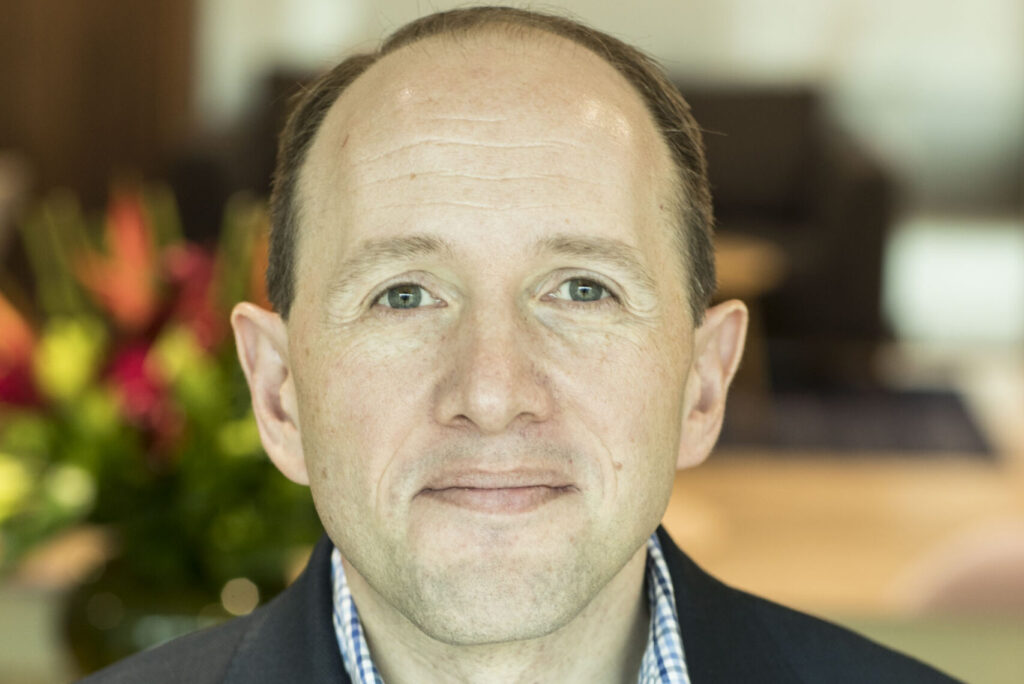
The role of technologists within the enterprise is changing at breakneck speed. An almost ubiquitous desire for digital transformation and the ‘cloudification’ of business has taken the CIOs and CTOs of the world from the fringes of organisations to the centre of the c-suite.
Last year, Forbes Insights teamed up with Intel and VMware, speaking to more than 400 CIOs around the globe to get their perspective. Among the key findings were that 80% of CIOs believe their role has increased in importance over the last five years.
And compared with five years ago, CIOs believe their most important skill has changed from technology know-how to contributing to corporate strategy.
The golden age of technology is also taking CIOs ever closer to the top of the corporate ladder, with 70% saying that technological trends are increasing the chances of the CIO becoming the CEO. As such, CIOs are expected to have a far broader set of skills, allowing them to think critically about not just technology but long-term business planning, corporate strategy, personnel and finance.
Clearly, the role of CIO is more important than ever before, but with extra power comes extra responsibility and greater expectations.
Having started his technology career more than two decades ago, Snow Software’s CIO Alastair Pooley is well placed to reflect on the revolution that has taken place. He started his technology journey working for a software publisher, while also writing a book about how to play computer games – “a bit of a dream come true for an 18-year-old” he says.
The technology has become so pervasive in functions that you can’t just have it centralised in IT anymore
From there he joined the ISP, Star Internet, in the late 1990s, as the dot com boom was taking off. “I really learnt masses from that, how the internet works, learning about systems running on Linux and Security Enhanced Linux, and understanding building blocks like DNS, networking and firewalls,” he tells Digital Bulletin.
“It was while working there that we came up with the idea of scanning emails for viruses before it was sent to you. That’s a common thing now but back then it was revolutionary. I built what was the second ever message bounce mail server. A guy called Alex Ship built the software and the server and I was handed the instructions to build the second server and we ended up building six of them.
“That went on to become a huge part of the company and was spun off in its own right to become MessageLabs, before it was sold to Symantec in 2008 for $700 million.”
Having previously built hosting systems at Star to compete with AWS, Pooley changed tackwhen the company was acquired by Claranet, moving to Sophos and building its first SaaS service and running large-scale infrastructure, this time utilising AWS instead of trying to compete against it. It was, he says, a considered gamble that paid off in spades.
“We shut down a lot of data centres around the world, switched all of our customers to AWS, and really leveraged some massive benefits out of it, including autoscaling, how you could spin resources up on demand and shut them down at night.
“We were able to run four servers at night, but 40 during the day to deal with all of the queries, which saved several hundred thousand dollars a year, just because we weren’t running static servers that often didn’t do anything. It was a real revelation what you could do with AWS.”

Having been with the company for five years, ascending from Global Director of Data Centre Operations to Global VP – Infrastructure & Cloud Services, Pooley took over as Chief Information Officer at Snow Software in 2018, tasked with helping to ensure that the hundreds of billions of dollars on enterprise software is money well spent and confirming that organisations have the appropriate licenses for the software they use – not too many, not too few.
Snow Software was already on Pooley’s radar, he says, having used the company’s products at Sophos. There was potential, he believed, that was untapped.
“I was actually one of its customers and was using the product, so when I spoke to it I knew what it was talking about, and equally knew that at Sophos we were using the product for more than it had been sold to us for. We were using it for searches for vulnerabilities in our software estate, so I felt it had a lot of potential that wasn’t being marketed,” he comments.
“The last 18 months have been great fun. I like the fact we’re developing software that actually helps my function. I’m our own customer so I use the products internally to help the IT team, I can go and talk to the R&D team to suggest changes to the products, and I end up talking to customers as well, and talking to them as a peer can really help inform our product.
“I also like the fact that being in a tech company you have great interaction with everybody and there is an understanding of what you’re trying to do in IT. It is a business that understands what we’re trying to do and the challenges we are trying to overcome.”
After the whistle stop tour of his 20+ year technology journey, Pooley reflects on how the necessary skillset for a forward-thinking CIO or CTO has changed, with them tasked with helping all areas of the business to achieve the overarching ambitions.
“Whether it’s the CTO, CPO or CIO you have to be a business leader, you’ve got to understand what the business is trying to achieve and where it’s going, as well as financial metrics and what customers want and what they’re saying. When we have a meeting here, everyone is truly engaged in a number of different areas.
“For example, I go with the sales team to see customers in the US and it’s the kind of thing you have to do. If you have an area of knowledge and expertise the customer is interested in then you have to be comfortable going with them. That’s the same with marketing or any other area, it’s about looking at the business as a whole from the technology perspective.”

Whether it’s the CTO, CPO or CIO you have to be a business leader, you’ve got to understand what the business is trying to achieve and where it’s going
It means that leading technology professionals require a breadth of knowledge taking in all corners of business to thrive, a step-change from years gone by when their focus was markedly narrower.
Pooley believes that CIOs face a balance between making themselves well-informed about all areas of enterprise and spreading themselves too thin, but believes effective recruitment can help bridge the gap.
“It is a challenge to have such a breadth of knowledge and to know what’s going on across all of these areas, and that’s definitely something that takes some effort. Part of that is that you hire the right people, and people who can stay up to date in their areas of specialism. You have to be able to rely on them to talk to you about what’s happening.
“It’s also important to make time to go to conferences and the like to stay up to date with what you’re doing. I was just at a Black Hat security conference – cyber security is a huge challenge that we need to educate workforces about and have a better understanding of – and events like that are so important”
With a technology roadmap now becoming a central pillar of any successful company, Pooley addresses the trend towards technical knowledge and responsibilities in all areas of enterprise, not just IT departments.
“If I speak with teams in the marketing departments, they have people who five or 10 years ago would have been part of the IT team. But because technology is now so ingrained in what teams do, that is now part of the job role.
“You can have a conversation with guys in marketing teams about agile development methods, how weekly scrums are going, and their whole approach is what you’d expect from a software development team. The technology has become so pervasive in functions that you can’t just have it centralised in IT anymore.”
There is one issue, however, that Pooley says enterprises still look immediately to IT teams to help them with – cyber security. It is an area he considers to be one of the biggest challenges facing business today.
“Everyone still turns to the IT team when it comes to cyber security. We are seeing increasing numbers of phishing attacks on us and employees, and that seems to be the most prevalent form of attack, rather than sending malware.It’s all about social engineering and tricking people into doing things,” he comments.
“That is a real challenge and we need to educate the workforce to be savvier and make them aware of what’s going on. The volume of compromised emails is running into hundreds of millions a month, and that’s just what is being reported. That’s a huge amount of money that is just going to criminals and that’s something we have to tackle head on.”



